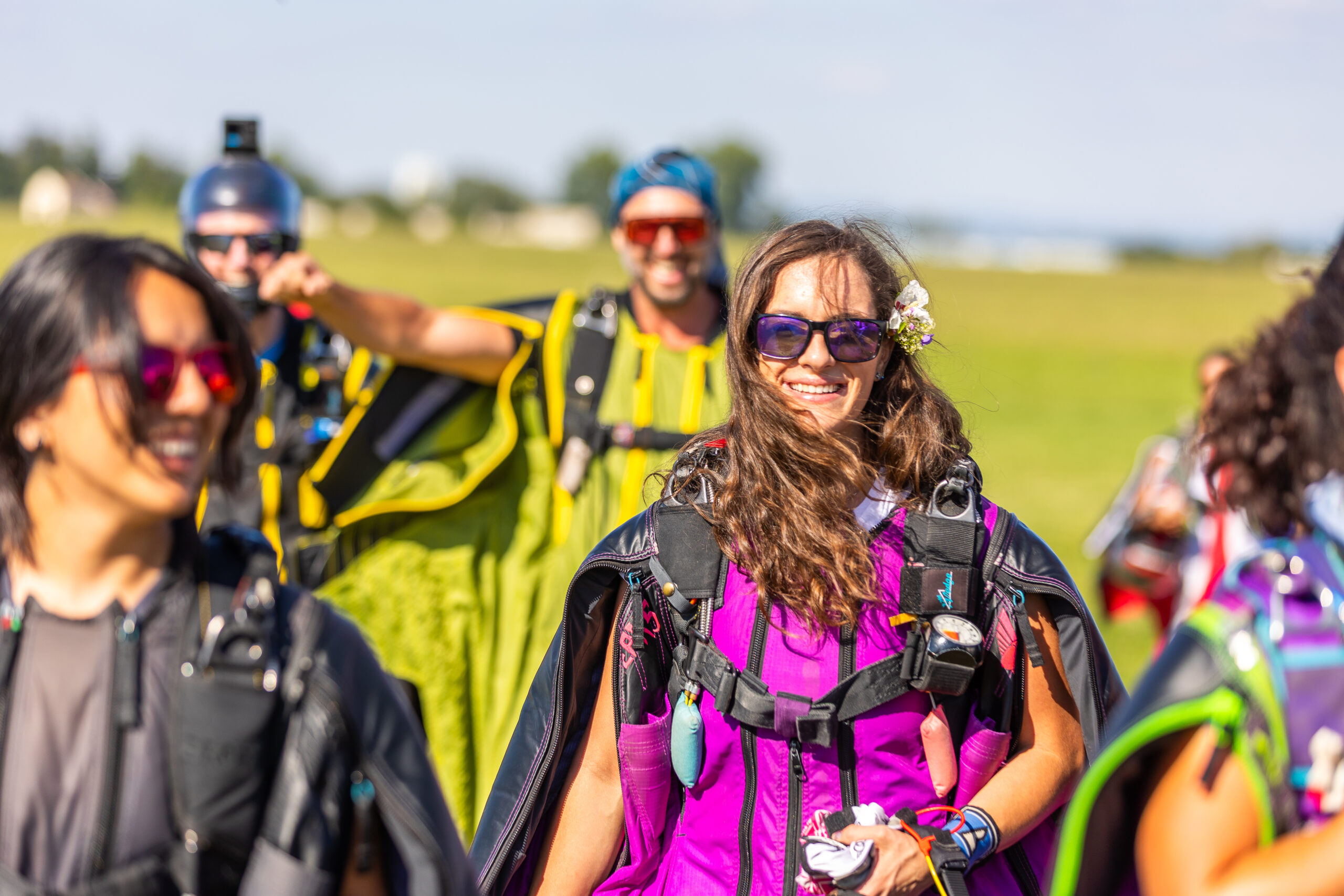Some information may be outdated.
Debbie Souza-Pappas has dedicated her life to caring for sick, orphaned and injured wildlife as founder and executive director of Second Chance Wildlife Rehabilitation in Price. Souza-Pappas and one other full-time volunteer have taken care of beavers, porcupines, minks, squirrels, chipmunks, rabbits and birds.
“Most of our work is with birds – raptors, songbirds,” Souza-Pappas said.
With a background as a medical laboratory technician Souza-Pappas began apprenticing in Salt Lake City with another wildlife rehabilitator in 1994. She later obtained permits and a license to open her own nonprofit wildlife rehabilitation center in Price.
The rehab site was built thanks to “a generous donor who wanted us to be here forever,” Souza-Pappas said.
Second Chance Wildlife Rehabilitation cares for approximately 450 patients per year and is supported by donations.
“My biggest donors are in Moab,” she said. “That’s where my people are.”
Souza-Pappas receives animals from 15 Utah counties, with the majority coming from Carbon, Emery, San Juan and Grand counties.
“We cover the greatest geographical area of all rehabilitation,” including Salt Lake City, she said.
The most difficult problem, she said, is figuring out how to transport the patients to the center. A volunteer retrieves many of the animals.
State and federal agencies, as well as the general public, call SCWR regarding injured wildlife. Police dispatchers, state highway patrol, sheriffs’ offices, and the U.S. Forest Service also call to report injured animals. Motor vehicles are the most common cause of injuries, though animals are also wounded by gunshots, poisoning, and illegal trapping.
Marion Eason and her husband Nick, members of the Moab Bird Club, have known Souza-Pappas for about 15 years. They’ve often helped transport injured wildlife to Souza-Pappas.
“We’ve brought everything from hummingbirds to golden eagles,” Eason said. “If someone found a bird they’d call us and we’d shuttle it to Debbie,” where they’d meet roughly halfway in Green River.
“Debbie is a very dedicated person,” Eason added. “She’s given her heart and soul to saving animals and she’s to be commended for that.”
Spring and summer are the center’s busiest seasons when babies sometimes fall out of their nests, Souza-Pappas said.
While she doesn’t believe climate change has affected the number of wounded wildlife that she’s seen over the years, she said she has witnessed “odd behavior” regarding nesting habits that she “chalks up to the changing climate.”
The center is run entirely by volunteer labor and donations. Souza-Pappas said supporters typically organize fundraisers five or six times a year via the Second Chance Facebook page.
It is stressful not knowing how much money the organization will have from year to year, she said.
There was a two-week period last year when SCWR had to stop taking in new patients. The hospital was full and there was no money for additional medicine or veterinary visits.
“All of our patients are on pain meds and antibiotics for a time – and it’s not free,” she said. “Many need surgeries.”
Food expenses add up, too. For example, it costs $1,500 to $2,000 per month to feed her raptor patients. That cost varies depending on the time of year, she said.
Raptors eat rodents such as mice and rats, plus quail and pheasants – animals raised specifically for raptor rehabilitation.
Last year, the cost of raptor food rose to $4,500 per month during an approximately three-month period. She said other rehabilitators were reporting similar numbers. They determined it was due to more people working from home and thus, more animals being found. At the same time, donations were down – presumably because of COVID-19.
For more information visit: wildliferehabprice.wixsite.com/2ndchance, or www.facebook.com/debbie.souzapappas.
Appreciate the coverage? Help keep local news alive.
Chip in to support the Moab Sun News.





